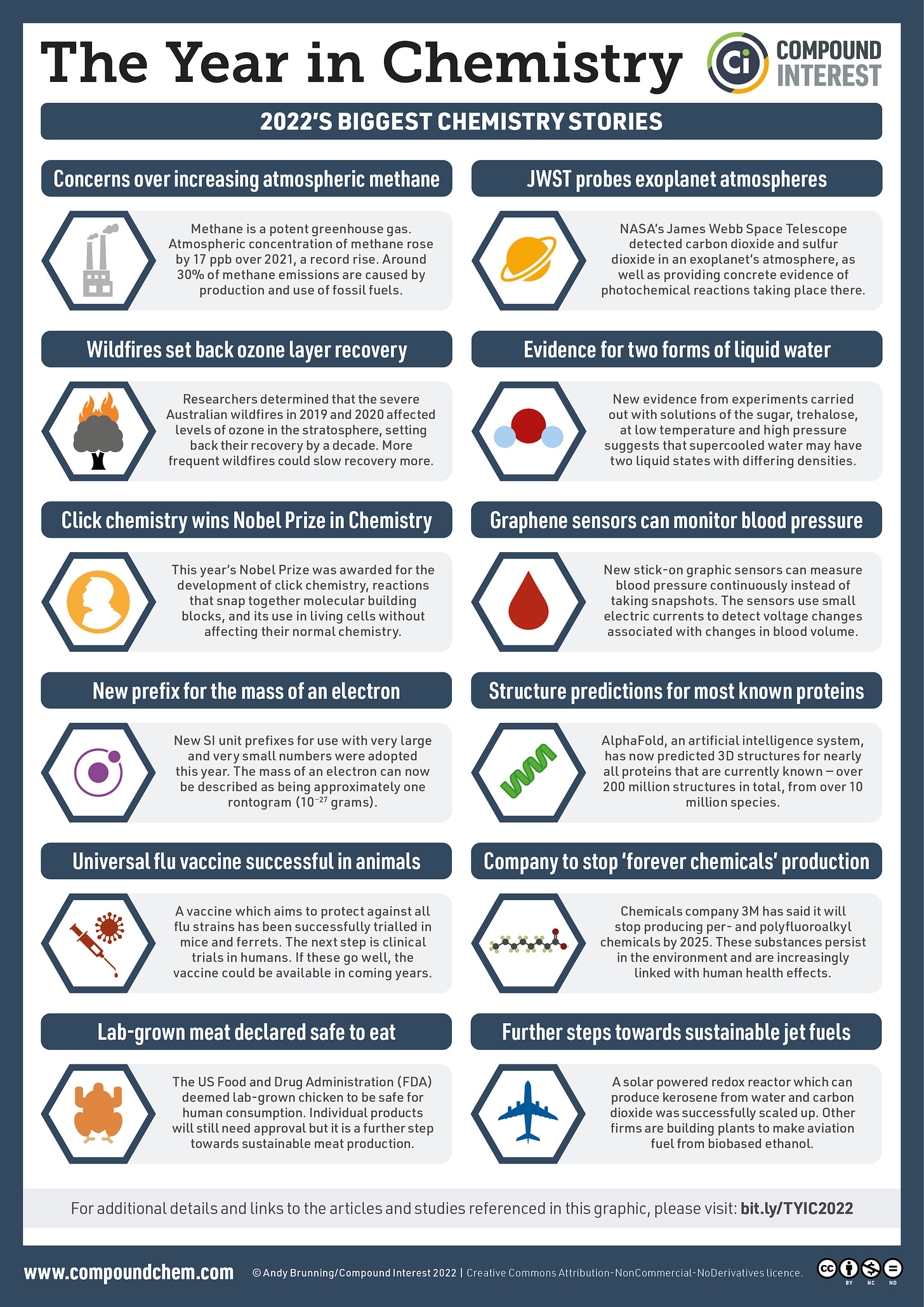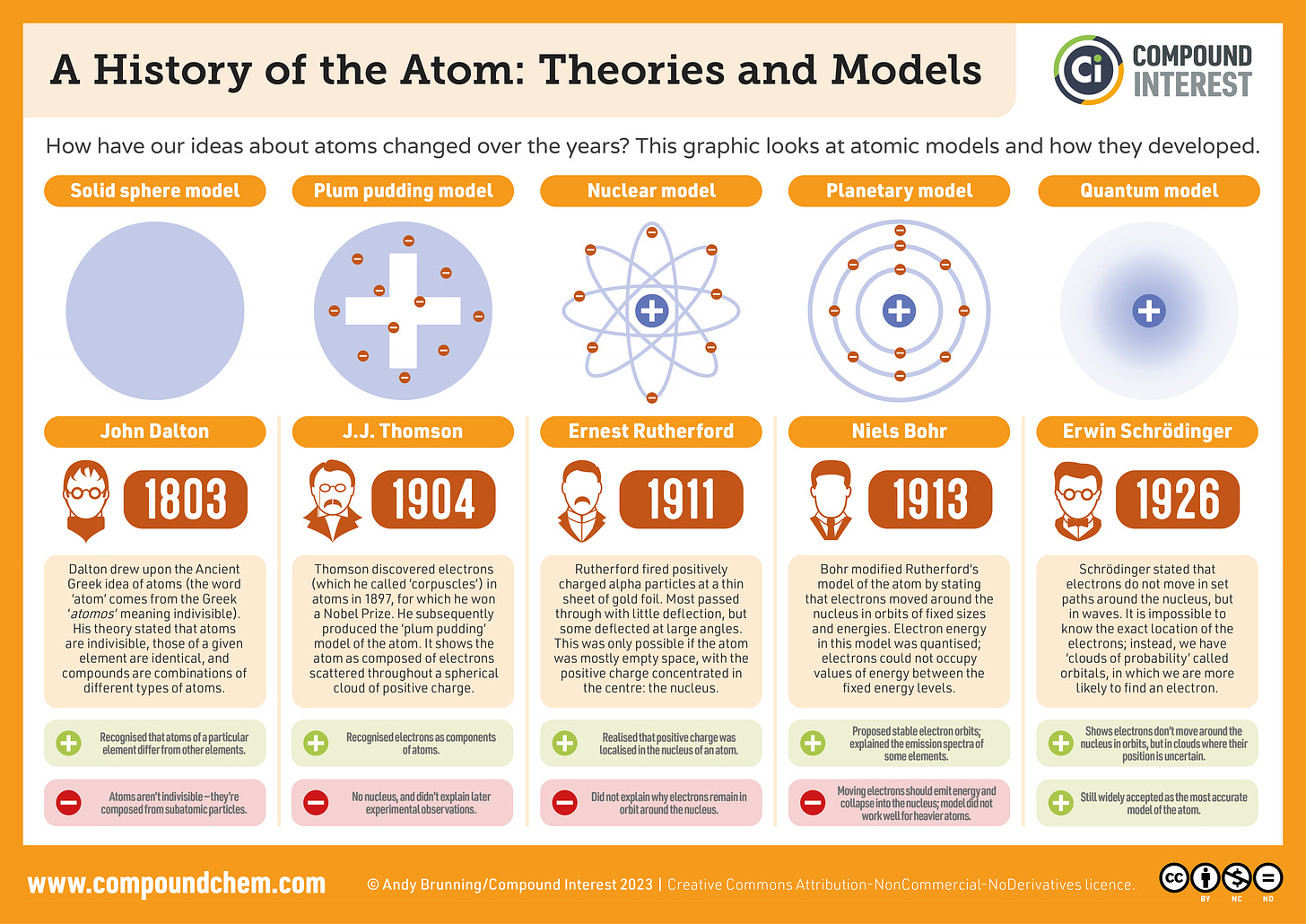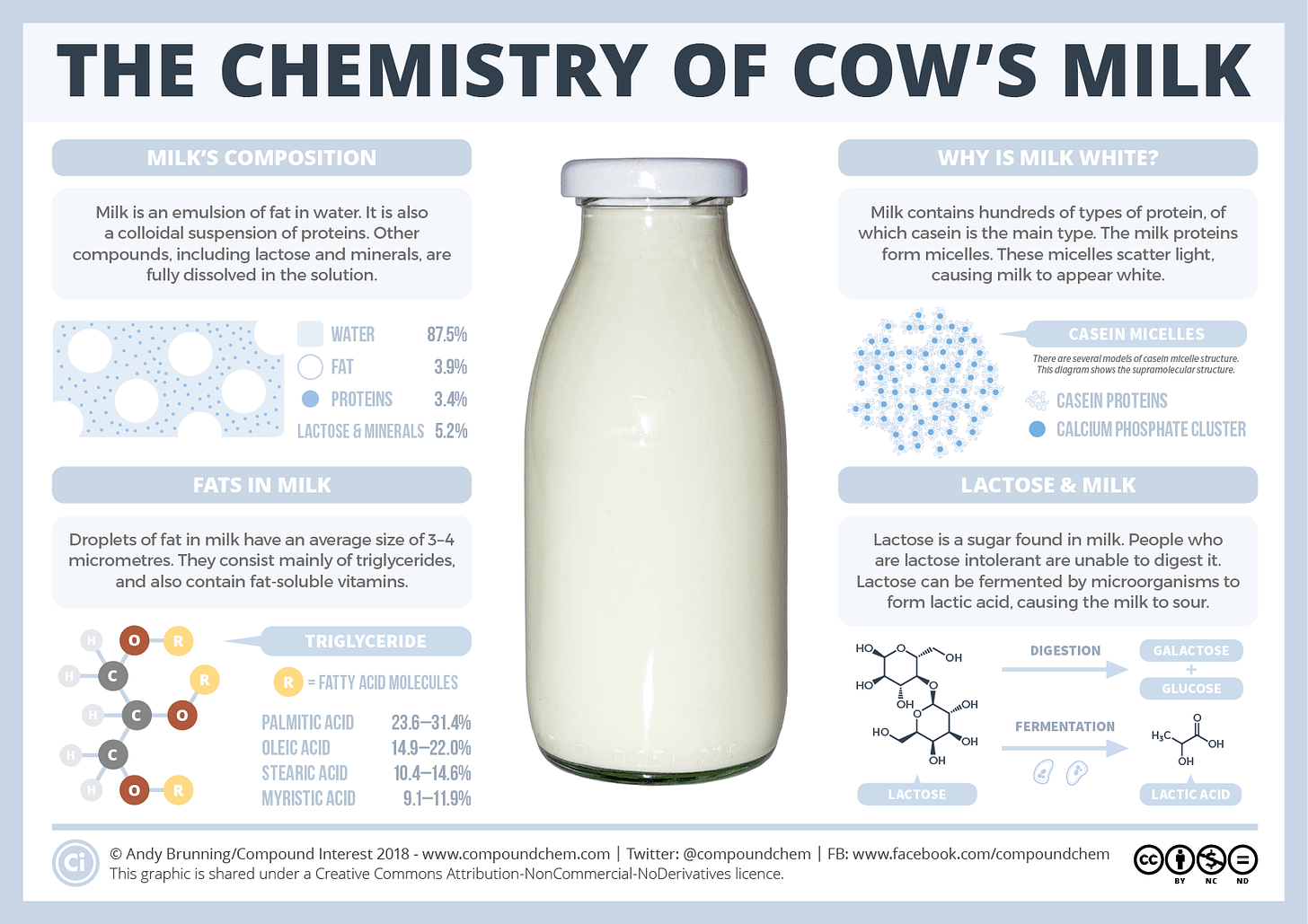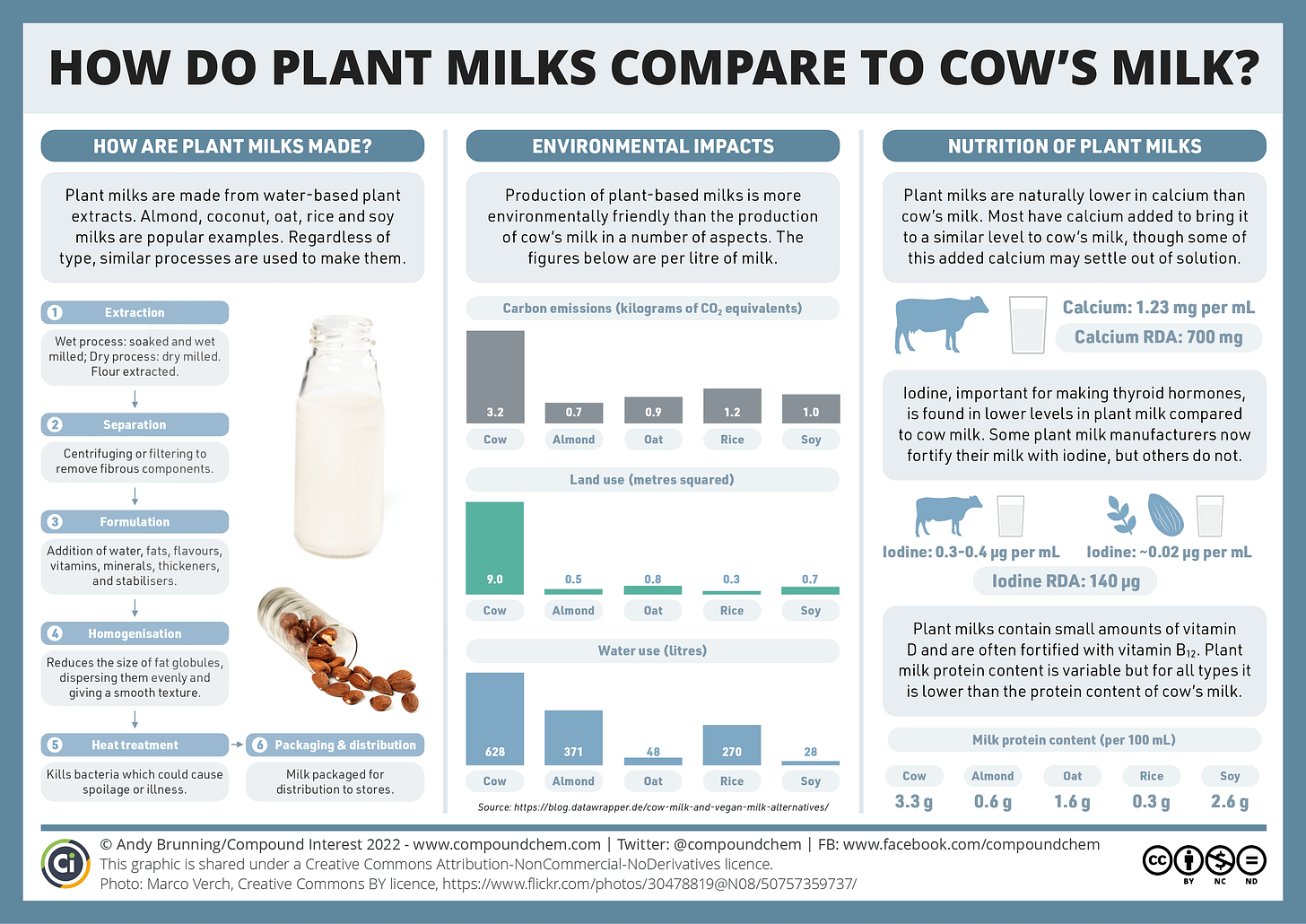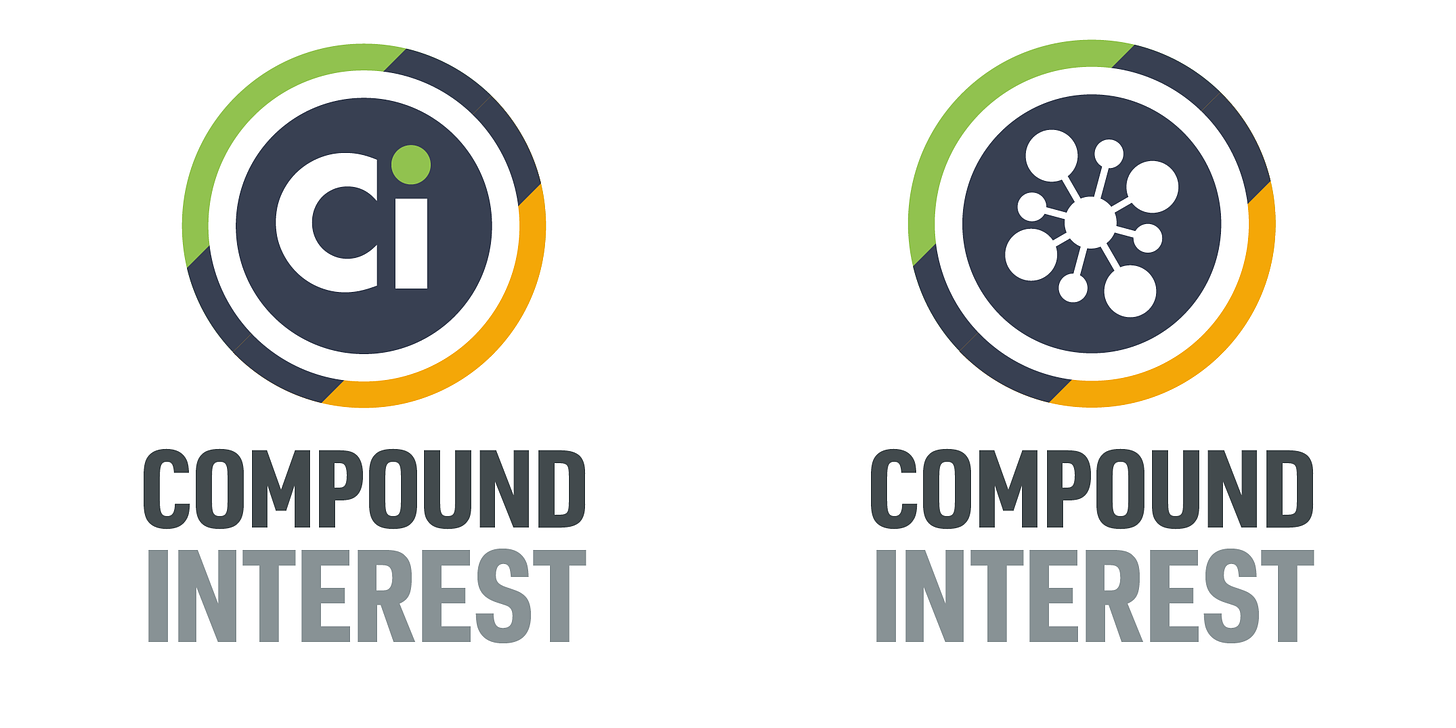Happy New Year! And welcome to the first Periodycal newsletter of 2023. If you had a break over the Christmas period, I hope it was more restful than mine. A couple of weeks dealing with round 2 of COVID and kids with chickenpox and strep A put a bit of a dampener on the celebrations here!
This issue has a bit of a review of 2022 flavour, with a look back at some of the most significant chemistry news stories of the year and a summary of which graphics on the site proved most popular. There’s also the opportunity to weigh in on whether or not I should tweak the Ci logo as the website heads into its tenth year.
2022’s biggest chemistry stories
It’s become a yearly custom for me to summarise the chemistry news stories over the previous year, so here’s this year’s overview. There’s more detail and links to relevant articles for each in the accompanying post on the website.
I particularly like that there are several call-backs to stories that made the summary last year, such as the stories on protein folding predictions and sustainable jet fuels, showing the additional progress that has been made. The theme of sustainability, and measures to tackle the climate crisis, also runs through a number of the stories featured.
As with every year I do this, the stories selected are skewed towards the more general interest, and may omit some more specialised chemistry news of no less significance. If you’re after more of the latter, you could do worse than checking out C&EN’s Year in Chemistry summary.
Got a key news story you think I missed? Let me know in the comments below!
The most popular Ci graphics of 2022
For the fourth year in a row, this graphic on the history of theories of the atom was the most viewed on the website. It’s probably not surprising as the topic is a staple of intro-level chemistry curricula, and it continues to rack up more views than many of the other graphics combined.
Other graphics making up the top five in 2022 were:
Due to various commitments, I put together comparatively fewer new graphics last year, but I’m hoping to have some slightly more regular new graphics over the coming months. Subscribers to site updates might have already noticed a slight uptick in new graphics over December before our various family illnesses hit!
National milk day: Dairy milk vs plant milk
January 11 is National Milk Day, so here are a couple of relevant graphics from the archives. The above graphic on cow’s milk looks at its composition, why it’s white, and what causes it to turn sour when it goes off. Then there’s the below graphic on plant milk which looks at how they compare to dairy milk in terms of environmental impact and nutrition.
Time for a logo change?
I like tinkering with things, as evidenced by the recent change to the infographics template, so with Compound Interest heading towards turning 10 years old later this year, I’ve been eyeing up the logo as the next possible change.
The current logo has barely changed since I started the site, with the only real change being the addition of the yellow colour to the green of the outer circle a year or so back. I’m not going for a huge change, but pondering switching the logo to the one above on the right, featuring the same molecule design that I previously used for Chemunicate.
I feel like the site could use a logo which says ‘chemistry’ more than the current one does, but I’m open to opinions. There’s a poll below where you can let me know which of the logos you prefer, or you can drop your thoughts in the comments below.
Chemistry news & features
Illuminating toilet spray — This week in ‘news you didn’t really want to know’, scientists have used lasers to illuminate just how far the splash from a flushing toilet can reach. Thanks, science.
Blood test for Alzheimer’s disease developed — The new blood test method is a lot easier than the current testing methods of either brain scans or taking samples of cerebrospinal fluid, though it still needs to be validated in a broader range of patients.
That’s all for this fortnight!
2022 saw this newsletter reach almost 3000 subscribers. We’re not many short, and it’d be great to hit that milestone in the coming month, so please do share the newsletter with anyone else you feel may find it interesting and/or useful.
Thanks for reading,
Andy





